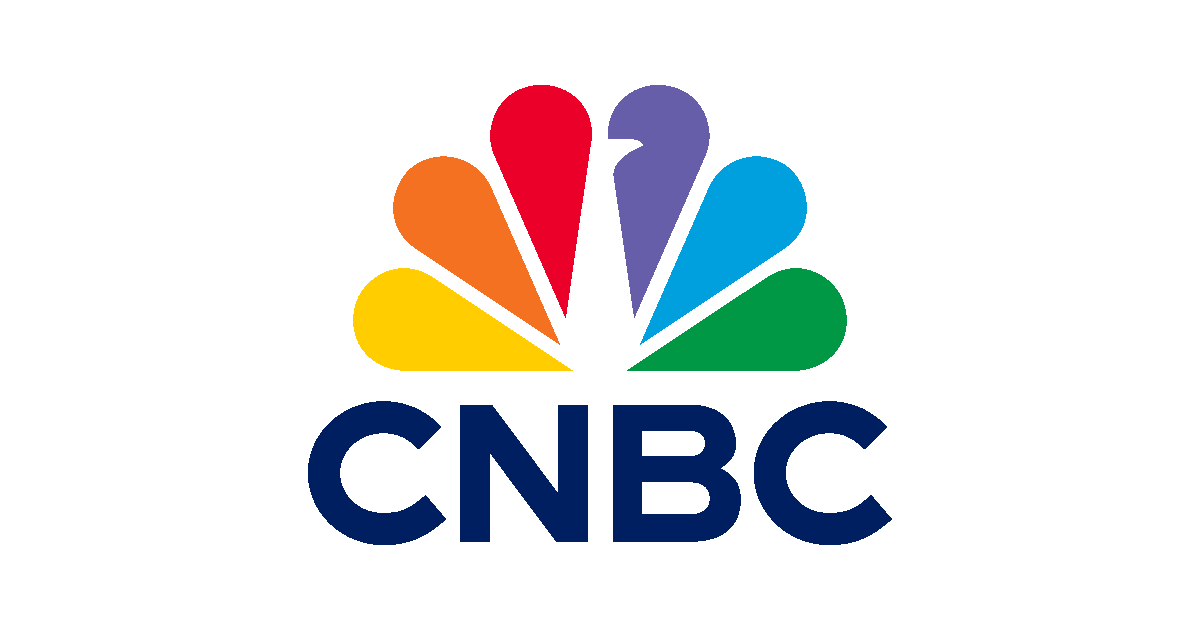
CVS Health wants to make it easier for its pharmacists to find patients less costly drugs.
The drugstore chain is introducing a system that will check for less expensive alternatives, higher quantities at lower costs and discounts. CVS hopes it can help lower costs for its customers and in doing so, make sure they pick up their prescriptions.
Drug costs are rising, and patients are paying more of their health-care bills out of pocket as many shift to high-deductible insurance plans. Often consumers are frustrated by the difficulty of comparing the cost of various treatment options.
The more expensive the drug, the less likely patients are to pick up their prescriptions, said Kevin Hourican, executive vice president of retail pharmacy.
“We want to be known as the retail pharmacy that does the most to help save patients money,” he said. “The power of this tool, the RX Savings Finder, is we have access to the information that we need to be able to provide options to our customers to save them money.”
Pharmacists are typically only able to see if drugs are covered and what the out-of-pocket cost would be. With the new system, they’ll be able to price compare and recommend something that’s less expensive but as effective, such as a generic or therapeutic alternative.
If they find a different option, they can call patients to ask if they want to switch then call their doctor to discuss writing a new script.
During the pilot program, CVS found that 95 percent of patients ask to switch when given the opportunity and 85 percent of doctors make the switch. Last year, Caremark gave physicians price-checking technology through their electronic health records.
“(Doctors), as well as our pharmacy teams were flying blind before the implementation,” Hourican said.
The pharmacy system will initially be available to patients who use CVS’ pharmacy benefit manager, Caremark. Hourican said the system should be available with other major payers later this summer.
CVS’ unique structure of combing retail with a so-called PBM made it possible to create the system, Hourican said. The company understands how formularies — lists of prescription drugs, both branded and generic, that health insurers deem to be medically effective and covered by insurance plans — are managed and benefits are derived, as well as how medications are classified, he said.
“And we’ve built the pipes to connect directly into that information to provide it to our colleagues in the store in a very usable way,” he said.
CVS is in the process of becoming even more vertically integrated. It’s acquiring health insurer Aetna to try and create a health-care powerhouse and lower the cost of care. The deal is expected to close in the second half of the year.
Be the first to comment